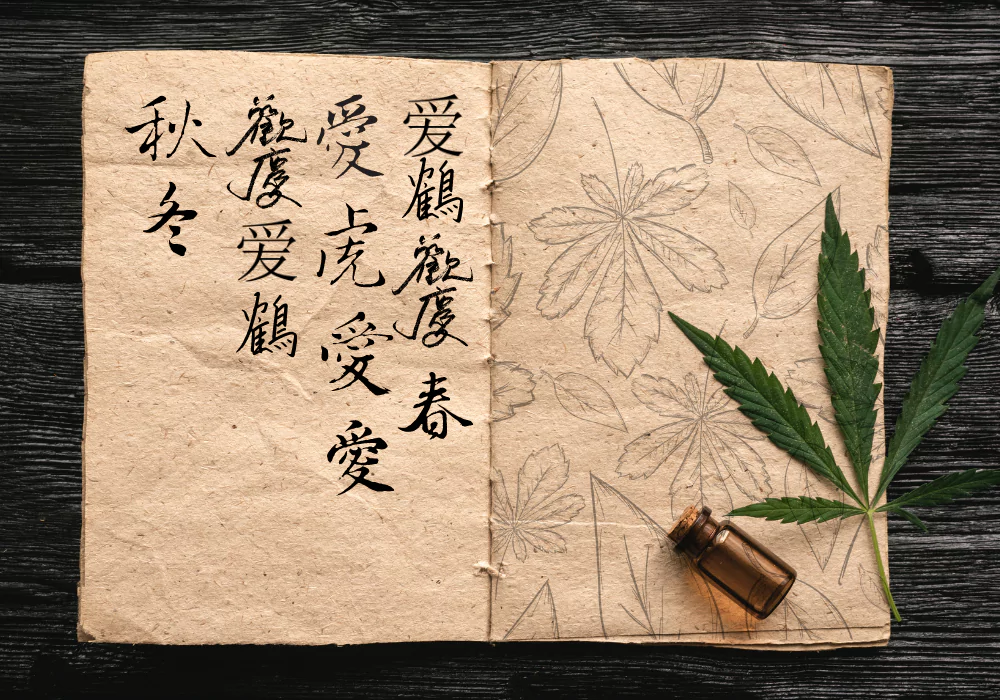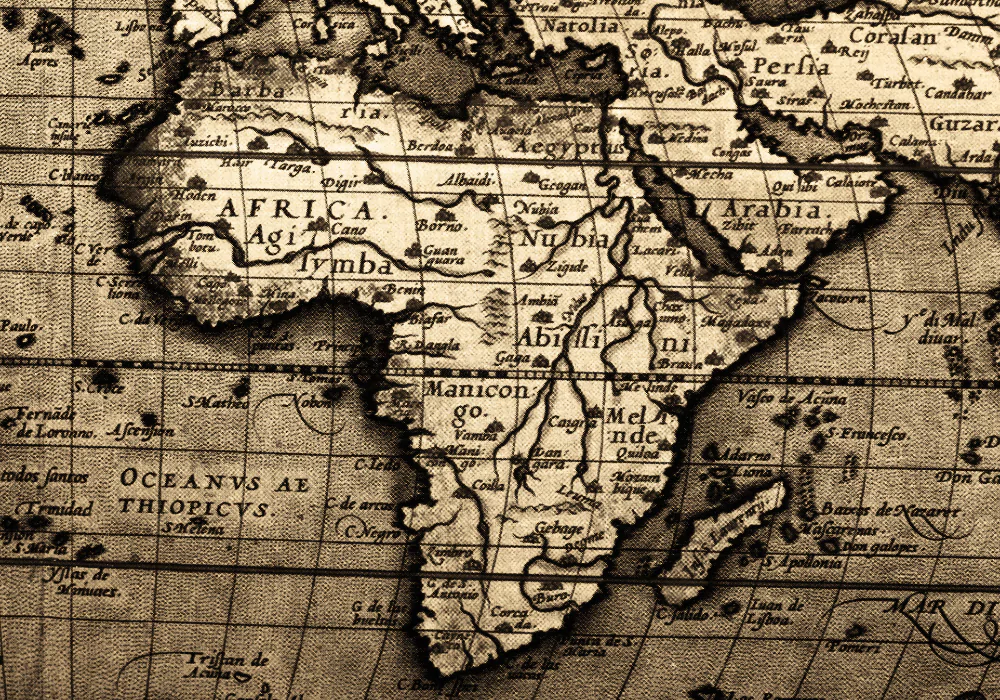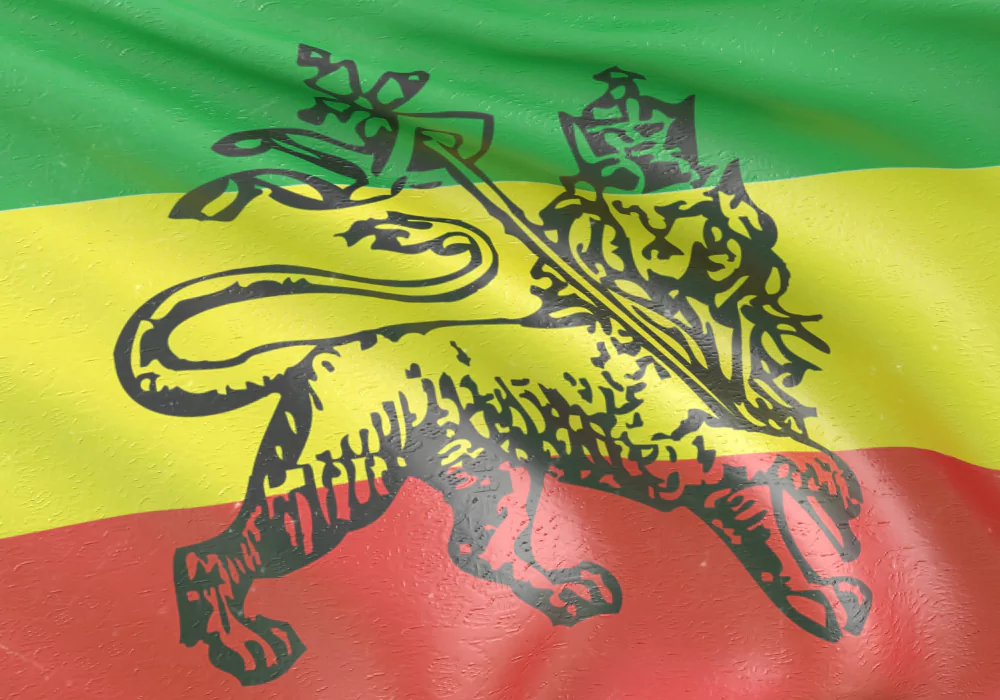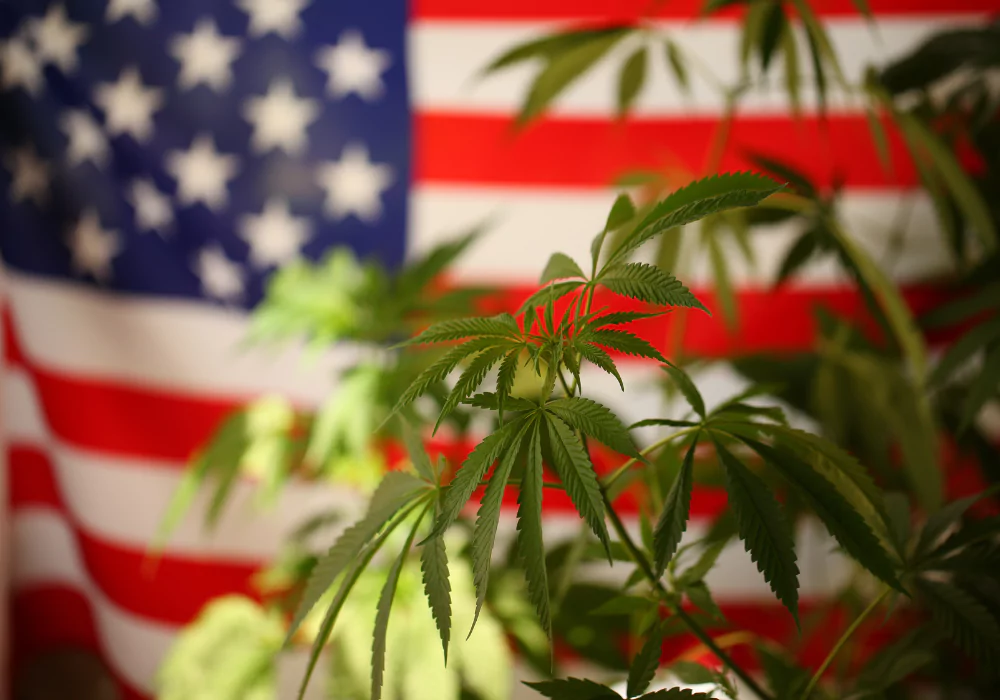The Great History of Cannabis
Cannabis, one of the oldest and most culturally significant plants in human history, has spread across continents and eras, shaping and being shaped by entire societies. In this article, we delve into the history of cannabis, tracing its roots from Asian civilizations to its current status in the modern world.
The origins of cannabis:

Cannabis is believed to have originated in Central Asia, specifically in regions that are now Mongolia and southern Siberia. The plant’s first documented use was in ancient China around 5000 BC, where it was used for its psychoactive properties during religious ceremonies. It was also used as a medical treatment and for pain relief. The Chinese even made use of hemp (cannabis fibers) in the making of paper and clothing.
Spread Across Continents:
From Asia, cannabis spread to other parts of the world. It reached India around 2000 BC, where it was recognized as one of five sacred plants in the Vedas and used in religious rituals. The Scythians, a nomadic tribe, carried cannabis to Europe and the Middle East around the same time. By the first millennium AD, cannabis had spread throughout the Arab world, Africa, and finally into Europe.
The History of Cannabis in the Middle Ages:

During the Middle Ages, cannabis was introduced into Africa by Arab traders and into Western Europe through the Moors in Spain. Hemp became an important crop in medieval Europe for making ropes, sails, and clothing. Meanwhile, its psychoactive properties were identified and commonly used in folk medicine and religious rituals across different cultures.
How America was introduced to cannabis:
As European powers began to colonize the New World, hemp was a crucial crop brought over to North America. It was grown extensively in colonial America for its use in textiles and ropes. Throughout the 17th and 18th centuries, hemp’s economic importance was so recognized that farmers were legally required to grow it in some colonies. What a great era isn’t it ?
The rise of the Rastafari Movement:

One of the most influential cannabis movement in the 20th century is with the Rastafari movement, which originated in Jamaica during the 1930s. For Rastafarians, cannabis, or “ganja,” as it is often called, is considered a sacred herb and is used in religious rituals to meditate and achieve a closer connection with the spirits. The use of cannabis is supported by biblical texts and is integral to their spiritual practice. It is believed to cleanse the body and mind, enhance consciousness, and bring the user closer to Jah (God). This spiritual use of cannabis has been extremely important in shaping the public and cultural perceptions of the plant, particularly in the Western world. The movement and its association with reggae music, most famously promoted by Bob Marley, have also played a major role in the global spread and acceptance of cannabis, linking it to messages of peace, resistance, and spiritual growth.
Prohibition and Modern Times:
The 20th century marked a significant shift in the global perception of cannabis. The early 1900s saw the beginning of cannabis prohibition in many countries, influenced by socio-political factors. The United States’ 1937 Marijuana Tax Act heavily restricted cannabis use and cultivation, a sentiment that was echoed worldwide in subsequent decades. In the US during the 1970s, cannabis was accorded a Schedule I classification under the Controlled Substances Act (CSA). Which was deemed to have a significant potential for abuse and no recognized medical use. This decision effectively prohibited both recreational and medical use of the plant.
The Renaissance of Cannabis:

The later half of the 20th century and the early 21st century have seen a renaissance in cannabis policy. With scientific research debunking many myths and highlighting cannabis’s medicinal benefits, many countries and states such as the District of Columbia have begun to legalize or decriminalize cannabis, both for medical and recreational use.
Conclusion:
The history of cannabis is a testament to its resilience and versatility. From ancient crop to modern medicine, cannabis has played various roles in human civilization. Today, as we stand on the brink of a new era in cannabis legislation and culture, understanding its rich history helps us appreciate its complex place in the world and envision its future more clearly.



